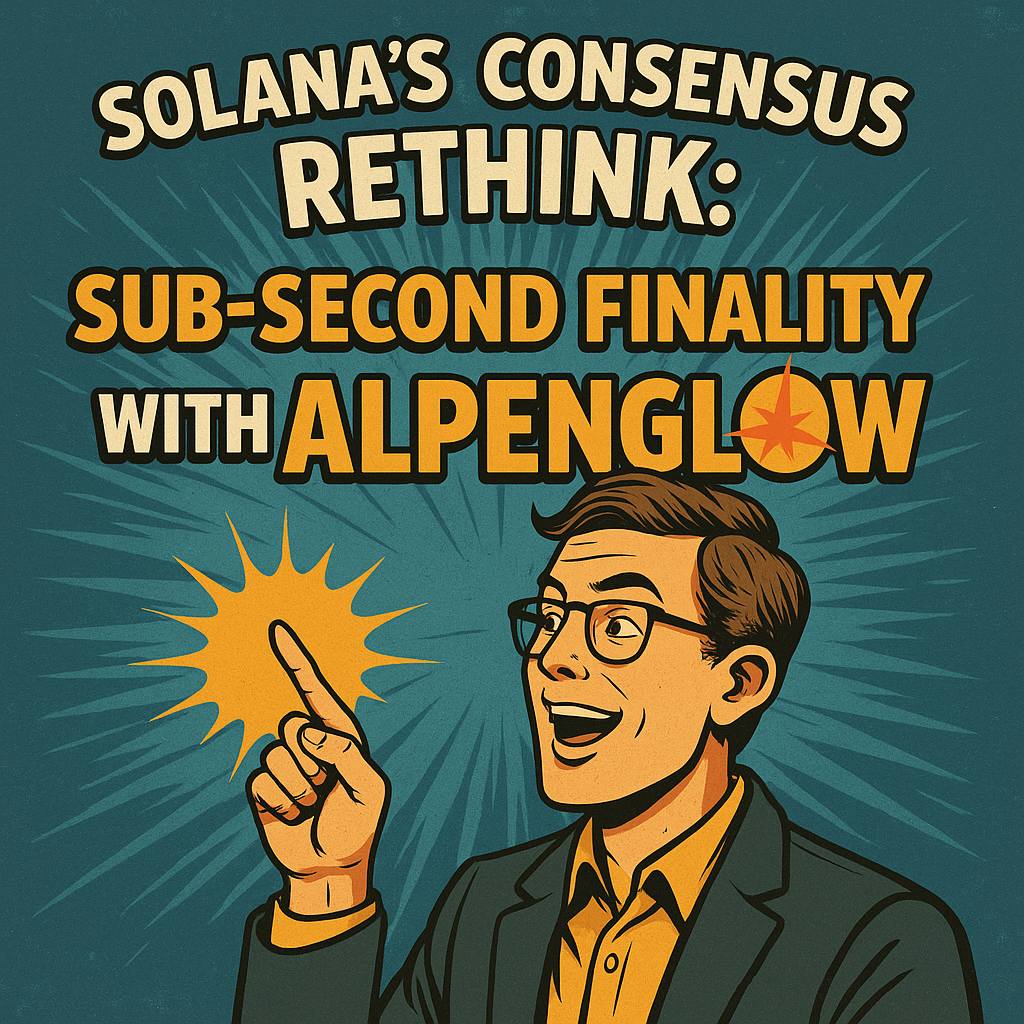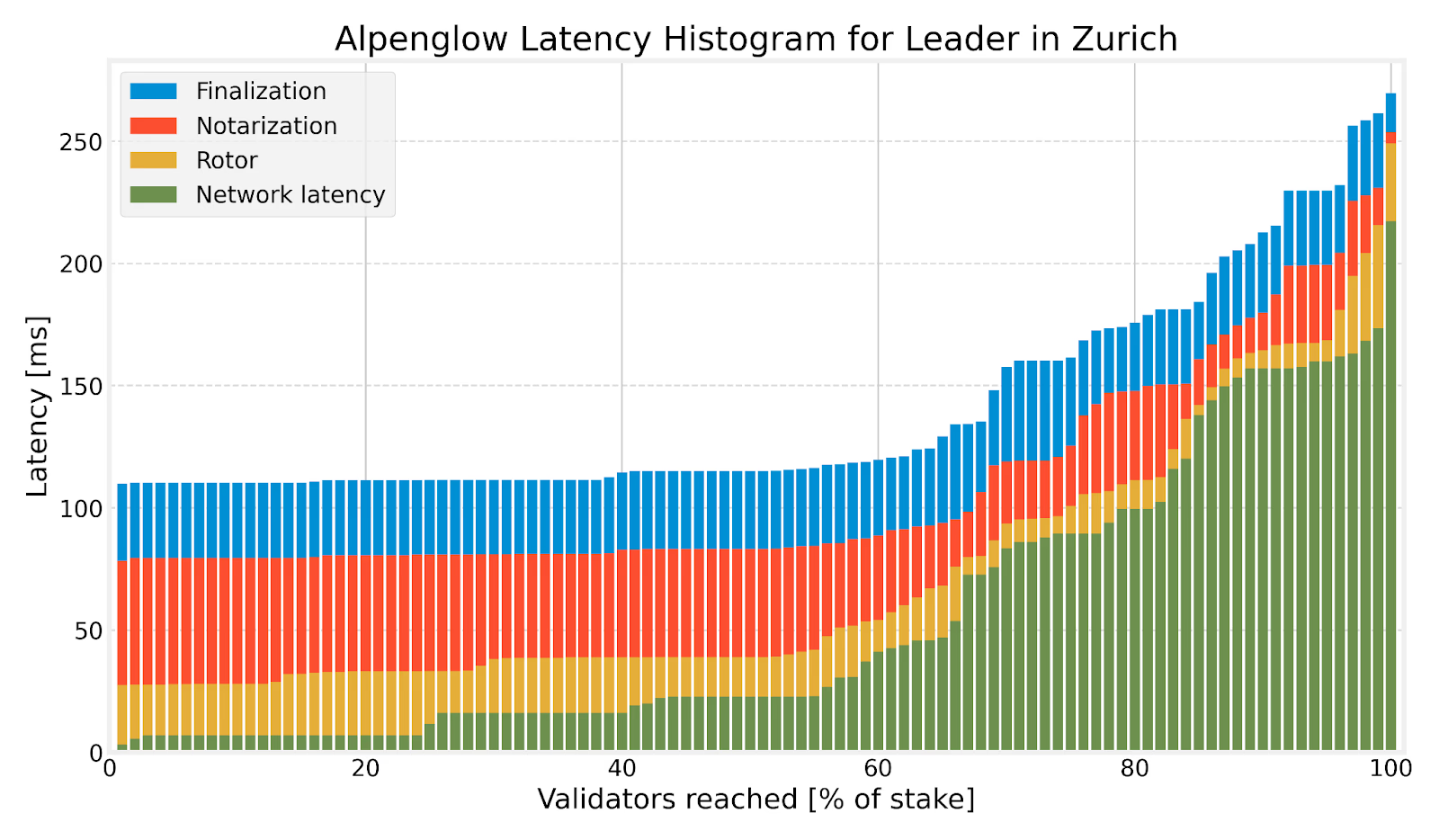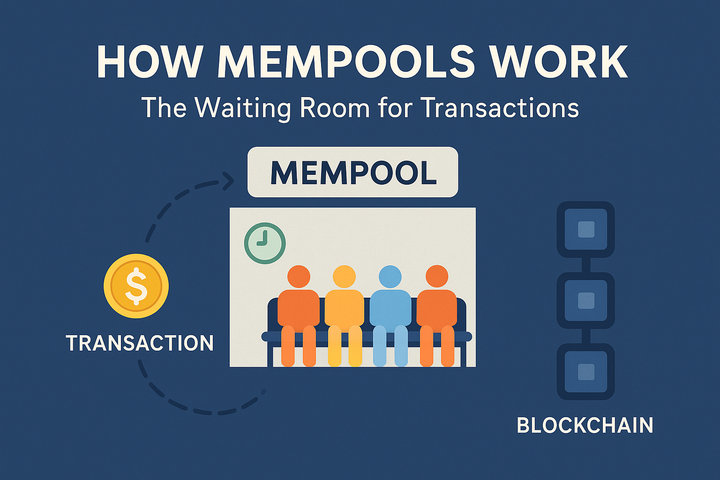Alpenglow: Solana’s Bold Leap Toward Sub-Second Finality

Introduction: The Dawn of a New Era in Blockchain
In the rapidly evolving world of blockchain technology, speed and efficiency are paramount. Solana, known for its high-performance capabilities, is set to redefine these standards with the introduction of Alpenglow—a groundbreaking consensus protocol promising transaction finality in as little as 100 milliseconds. This monumental shift not only positions Solana at the forefront of blockchain innovation but also bridges the gap between decentralized networks and traditional Web2 responsiveness.
Understanding Alpenglow: A Paradigm Shift in Consensus Mechanisms
Alpenglow represents the most significant overhaul of Solana's core protocol since its inception. Developed by Anza, a Solana Labs spin-off, this new consensus mechanism replaces the existing Tower BFT and Proof-of-History (PoH) systems with two innovative components: Votor and Rotor.DL News+4Blockchain Council+4NFT Evening+4

Votor: Streamlined Voting for Rapid Finality
Votor introduces a more efficient voting mechanism, enabling block finalization in a single round if 80% of validators participate, or two rounds with 60% participation. These modes operate concurrently, ensuring the fastest possible finality without compromising network security. OKX TR+2Medium+2NFT Evening+2
Rotor: Optimized Data Dissemination
Building upon Solana's Turbine protocol, Rotor enhances data propagation by utilizing a single-layer relay system and erasure-coded data distribution. This approach minimizes network hops and leverages the bandwidth of all nodes, significantly reducing latency and improving resilience .NFT Evening
Technical Advancements: Achieving Unprecedented Speed
Alpenglow's architecture is designed to deliver remarkable performance improvements:
- Sub-Second Finality: Achieving median finality times of approximately 150 milliseconds, with some instances as low as 100 milliseconds—surpassing traditional Web2 systems .Blockchain Council+6ODAILY+6Anza+6
- Enhanced Resilience: The protocol can tolerate up to 20% adversarial stake and an additional 20% non-responsive stake, ensuring robustness under challenging network conditions .
- Simplified Architecture: By replacing complex legacy components with streamlined systems, Alpenglow reduces protocol complexity, facilitating easier maintenance and scalability.
Practical Implications: Unlocking New Possibilities
The implementation of Alpenglow has far-reaching implications for various applications:
- Decentralized Finance (DeFi): Enabling high-frequency trading and real-time risk assessment with near-instant transaction finality.CoinDesk+1The Defiant+1
- Gaming and Metaverse: Facilitating seamless, real-time interactions essential for immersive gaming experiences and virtual environments.
- Payments and Micropayments: Supporting instantaneous transactions, making blockchain-based payments more viable for everyday use.
| Feature | Tower BFT & PoH | Alpenglow (Votor & Rotor) |
|---|---|---|
| Finality Time | ~12.8 seconds | 100–150 milliseconds |
| Data Propagation | Multi-layer | Single-layer relay |
| Voting Mechanism | Sequential | Concurrent (1 or 2 rounds) |
| Network Resilience | Moderate | High (20% adversarial + 20% non-responsive tolerance) |
| Architectural Complexity | High | Reduced |
Conclusion: Embracing the Future of Blockchain
Alpenglow signifies a monumental leap forward for Solana, setting new standards for speed, efficiency, and scalability in blockchain technology. By achieving sub-second finality and simplifying its consensus architecture, Solana is poised to support a new generation of decentralized applications that demand real-time responsiveness. As the blockchain landscape continues to evolve, innovations like Alpenglow will be instrumental in bridging the gap between decentralized networks and the performance expectations of modern users.AiCoin+2DL News+2Blockchain Council+2
“Alpenglow isn't just an upgrade; it's Solana's bold statement that the future of blockchain is here, and it's blazing fast.”



Comments ()